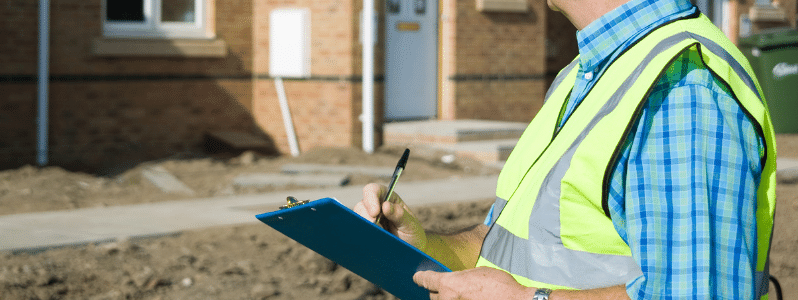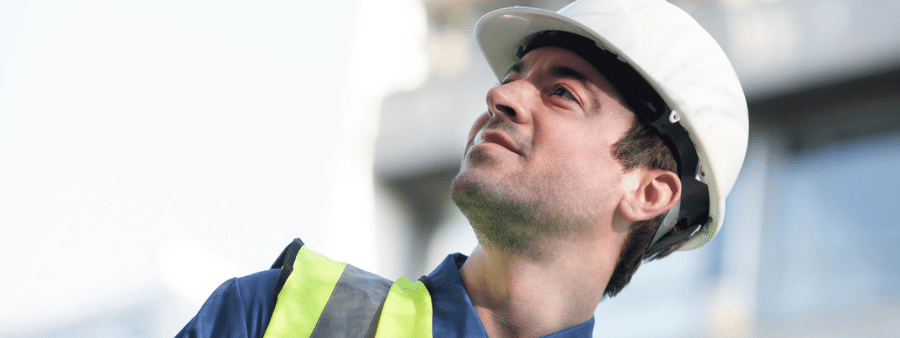For building owners and operators, controlling the legionella risk in the water systems of their buildings is a legal responsibility. The first step to doing this is to undertake a risk assessment or, more commonly, to assign a competent professional to do this on their behalf.
Without understanding the risks your water system presents, it is impossible to take steps to protect your building users from the illnesses caused by Legionella Bacteria.
Why are Legionella Risk Assessments necessary?
Legionella Bacteria can multiply in any water system, but thrive particularly where there is stagnant water that is neither hot enough to destroy them nor cold enough to hinder their progress. The bacteria can also feed off organic debris and sludge.
When the Legionella bacteria takes over a water system, infected water droplets can be inhaled by building users through means such as outlet spray, showers and air conditioning units. This can cause a range of health issues such as Legionnaire’s Disease (A serious and often deadly form of pneumonia) and Pontiac Fever.
For this reason, since the 2001 L8 Approved Code of Practice, and its update in 2013 it has been a legal responsibility of building owners to mitigate the legionella risk on their property by ensuring a risk assessment is carried out regularly.

What is a Legionella Risk Assessment?
A legionella risk assessment is a survey followed by a report concerning the areas of your site that may become a legionella risk. The assessor will pay particular attention to elements of your water system that may produce an aerosol or where water is being stored.
For the safety of building users, hot water should be stored at 60oC or above and cold water should be stored at below 20oC. Rarely used parts of the water system should also be identified as these are often the areas where water can collect and stagnate, becoming a habitat for bacteria.
Who needs a Legionella Risk Assessment?
All landlords, employers and premises managers have a responsibility to manage the legionella risk within their workplace. If you own or operate a building with a water system that other people live or work in, a legionella risk assessment should be carried out.
If the legionella in a system causes a health problem and the building owner or operator is found not to have done their duty in reducing the risk, they could face heavy fines or even a stay in prison.
What happens during a Risk Assessment?
A legionella risk assessment involves a non intrusive survey of your site to find parts of your water system where the risk of legionella growth may be higher. This could include water storage tanks kept at an unsafe temperature or little-used outlets or where stagnant water or debris may be collecting.
The assessor may also check management procedures and any previous assessments to see if the recommendations made in them were carried out. Any risks will be evaluated against a standard list of criteria.
Later, you will be sent a report of the findings of the assessment which may include further recommendations for protecting your water system from legionella growth. This would normally be sent to you digitally. Common recommendations include replacing elements of your water system with are no longer fit for purpose or flushing water through little-used parts of the system to prevent water from stagnating.

How often Should a Risk Assessment be carried out?
The legislation states that risk assessments should be carried out “regularly”, which is a little up to interpretation. The industry standard where there are no major changes in the water system is approximately once every two years.
However, it is expected that a new risk assessment should be implemented sooner if there are any major changes to the water system, management changes, new legislative information, loss of control measures, the system has changed in usage or if there are any cases of legionella in the building. Assessments may also need to be carried out more frequently if the building’s occupants are at high risk of suffering the health effects of legionella. Examples of this could be hospitals or homes for the elderly.
Who can Carry out a Legionella Risk Assessment?
It is standard practise to hire a water hygiene specialist to carry out the assessment to a professional standard.
However, it is the responsibility of the building owner to check that the service provider is competent. The Legionella Control Association provide a guide on selecting a suitable provider.
Glacier Environmental carry out numerous legionella risk assessments annually and take pride in our wealth of professional knowledge. Each of our assessors is highly trained and we are a member of the Legionella Control Association, complying firmly with their standards and code of conduct.
Find out more about our services here.

